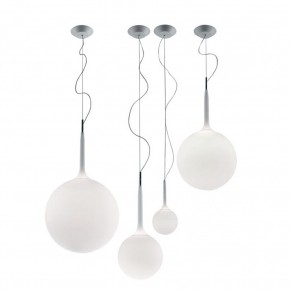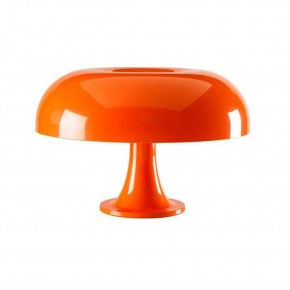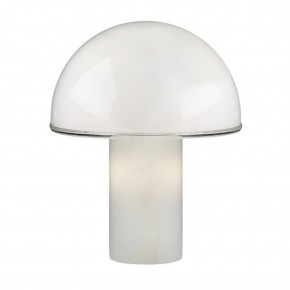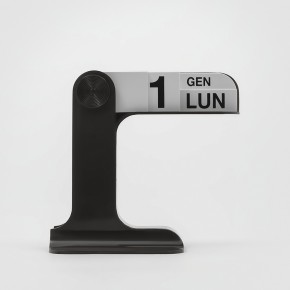- Lighting
- 6054 views
I bet most of you have already had the chance to admire Artemide's lamps and certainly many of you have one. We all know the well-known design brand, but what perhaps not everyone knows is that this very modern company draws inspiration for its lamps from a very distant era.
Greek mythology has been an important source of inspiration for Artemide's lamps: many of them, in fact, bear the names of ancient characters including gods, nymphs, centaurs, kings and giants.
But who was Artemide???
Artemide was the goddess of the Moon and lady of the night, but, since at night the forests come alive in the light of the moon, Artemide was also considered the goddess of hunting, protector of animals and nature. Strong, wild, independent and lover of freedom. She is the daughter of Zeus and Leto and is the twin of Apollo.
Together with her, Greek mythology is populated by many other characters, some of whom have had the honor of giving the name to iconic lamps that will remain in the history of design; here are the main ones!
CASTORE - design Michele De Lucchi & Huub Ubbens
Càstore and Pollùce are the twin sons of Zeus and Leda. They were considered protectors of sailors in sea storms, always united in their deeds. They are also considered as patrons of poetic art, dance and music.

DIOSCURI - design Michele De Lucchi
Diòscuri was the name with which the two twins mentioned above were united: Càstore and Polluce, in fact, were often called "I Diòscuri", or more rarely "I Càstori".

DEMETRA - design Naoto Fukasawa
Demeter, daughter of Cronos and Rea, was sister of Zeus. In mythology she was considered the goddess of agriculture, one of the most important and most venerated gods. Her name means "Mother Earth" and like all peasants she had a simple character, impeccable morals and austere customs.

TOLOMEO - design Michele De Lucchi & Giancarlo Fassina
In Greek mythology, Ptolemy was king of Thebes. He left the throne to his son Xanto, who was the last of the kings of Thebes before moving to a form of republican government.

NESSO - design Giancarlo Mattioli & Gruppo Architetti Urbanisti Città Nuova
In the Greek myth Nesso was the son of Ission and Nepheles and was part of the myth of Hercules. According to legend, the centaur Nesso lived on the banks of the Eveno river, where one day Hercules came along with his wife Deianira. Nesso tried to kidnap the beautiful Deianira, but Hercules threw one of his arrows and killed the centaur.
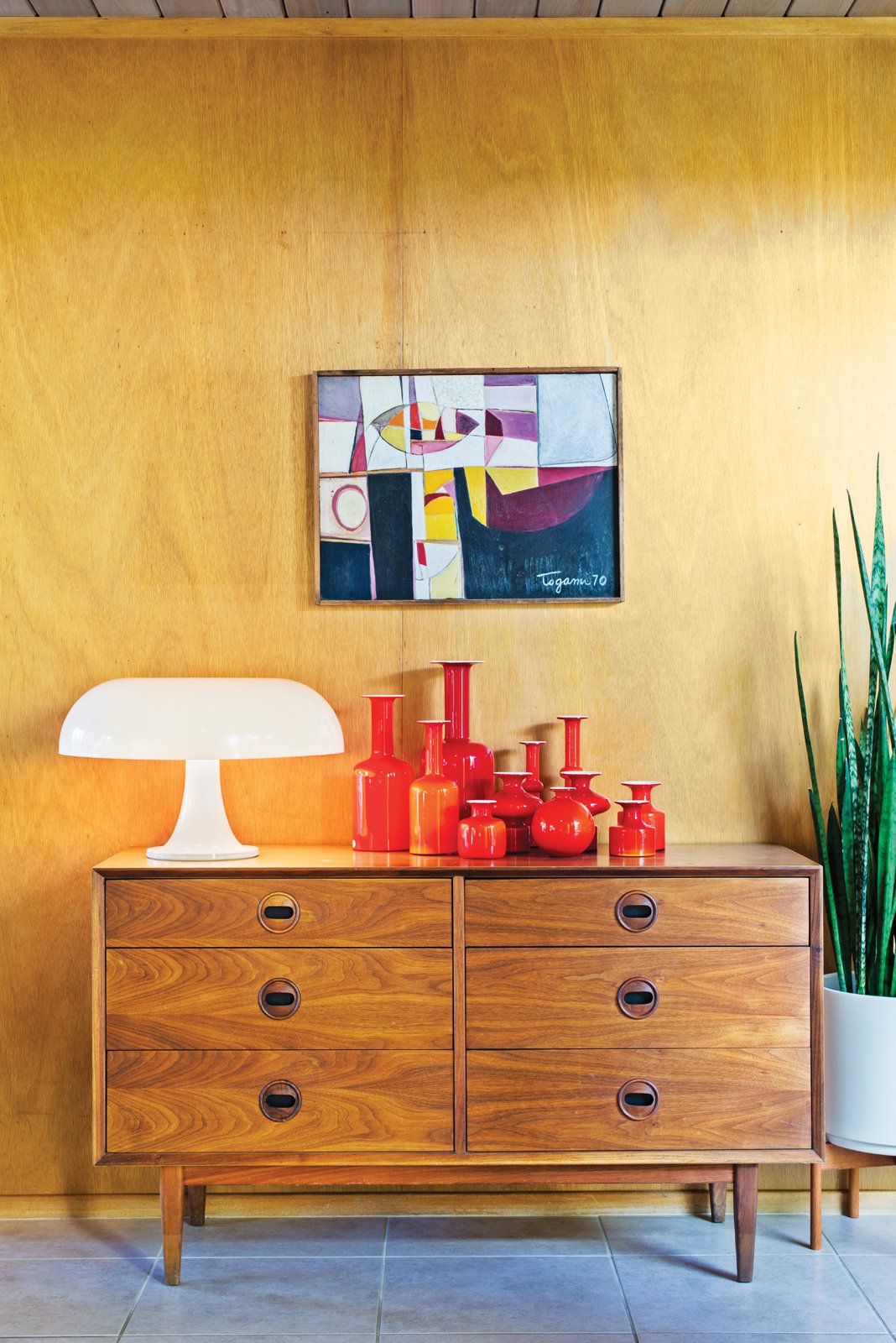
TIZIO - design Richard Sapper
Tizio, on the other hand, was a giant, son of Zeus and Elara. Fearing the anger of his wife Hera, Zeus hid his lover Elara underground and Tizio was born sprouting from the ground.

ONFALE - design Luciano Vistosi
Onfale is a queen of Lydia, loved by Hercules, whom the oracle of Delphi had forced to become his slave. In a fictional version of the myth, Hercules, in women's clothing, humiliates himself by spinning the wool for the love of the queen, who is covered in the lion skin of the hero.

ATHENA - design Naoto Fukasawa
Athena, Zeus' favourite daughter, is the Greek goddess of wisdom, arts and war. She taught men how to sail, how to plough the fields, how to trick oxen, how to ride and how to weave, how to dye and how to embroider. It is from her that the name of the city of Athens, in Greece, derives for having given the city the olive tree plant.

These are just a few examples of Artemide's lamps whose name dates back to Greek mythology: there are still many more, including: Febe, Calipso, Melampo, Talo, Rea, ...
From now on, when we buy an Artemide lamp, we will be even more fascinated by the light radiating from a world as distant and enigmatic as that of Greek mythology, dating back to 800 BC, yet so modern and contemporary in the innovative design of Artemide products.



